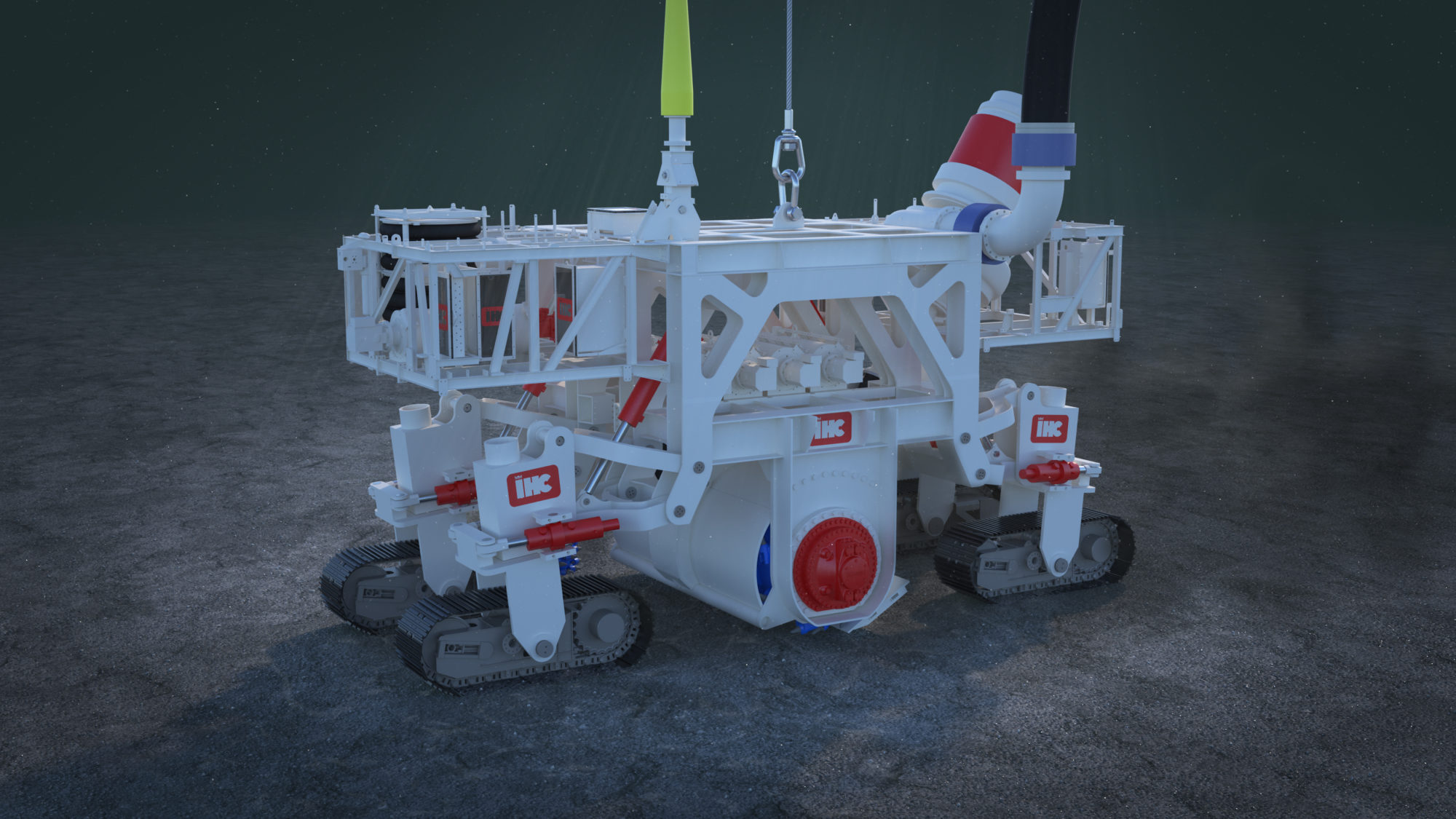On November 24 at the Yellowknife Geoscience Forum, which is the largest mining and petroleum conference in the Northwest Territories, Arctic Canadian Diamond Company Ltd President and CEO Rory Moore outlined how the company is going to trial Underwater Remote Mining as a way of taking the Ekati operations forward into the future, as current conventional mining winds down. Arctic Canadian Diamond Company owns a controlling interest in Ekati and is the operator – it acquired the operation from Dominion Diamond Mines in February 2021. The mine first opened in 1998, and was 80% owned and operated by BHP who then sold its interest in 2012.
Over the mine’s early years, production was focused on six open pits (Panda, Koala, Misery, Fox, Koala North, and Beartooth) and three underground operations (Panda, Koala and Koala North). Development on the Pigeon open pit commenced in 2014 followed by Lynx in 2015 and Sable in 2017. Mining at Lynx was completed in 2020, so that as of February 2021 when Arctic Canadian Diamond assumed ownership of Ekati, mining operations were focused at Pigeon and Sable open pits and the Misery Underground Mine. However, the mine has now reached a crossroads – conventional mining, both open-pit and underground is set to end in 2024, with the exception of Point Lake open pit which has a mine life up to 2028 and is going through final environmental permitting.
A new approach is needed to keep mining costs down as mining into the surface open pit kimberlites goes deeper. The method creates no waste as the crawler is only mining ore plus the diamond grade will be increased thanks to how the kimberlite is handled. Arctic Canadian Diamond told IM: “There will be no waste mined, that is the main attraction of the method. Only ore is mined which makes it much lower cost. The higher diamond grade comes from the fact that the kimberlite is passed through a dewatering plant that will be positioned alongside the flooded pit. Fine material will be removed together with the water in this process. Removal of fines increases the diamond content of the kimberlite in proportion to the volume of fines removed. This means that lower volumes of higher grade ore is transported to the processing plant saving on transportation costs.”
URM involves mining kimberlite on the floor of the flooded mine or lake bed with a crawler miner that has been developed together with marine mining specialist Royal IHC, based in Kinderdijk in the Netherlands. The URM machine is cable powered and has four independently suspended crawlers and a cutting drum with centrally located teeth that cuts a layer of kimberlite similar to a surface miner. The kimberlite is then hydraulically pumped to surface to the dewatering plant and ulimately the main processing plant for actual diamond recovery. The hydraulic system will use a biodegradable hydraulic fluid.
Arctic Canadian Diamond told IM that the trial will take place at Lynx over the summer of 2023 and 2024. The initial Lynx trial is expected to generate 150,000 t of kimberlite. If the trial is successful, Underwater Remote Mining will be implemented at a commercial production scale at Sable in 2026 after two seasons of flooding of the open pit. URM has the potential to significantly extend the mine life at Ekati – mining would be done in the spring, summer and autumn with the machines undergoing winter maintenance. There is also consideration of using the method at Point Lake and Fox but this is just conceptual at this stage.











